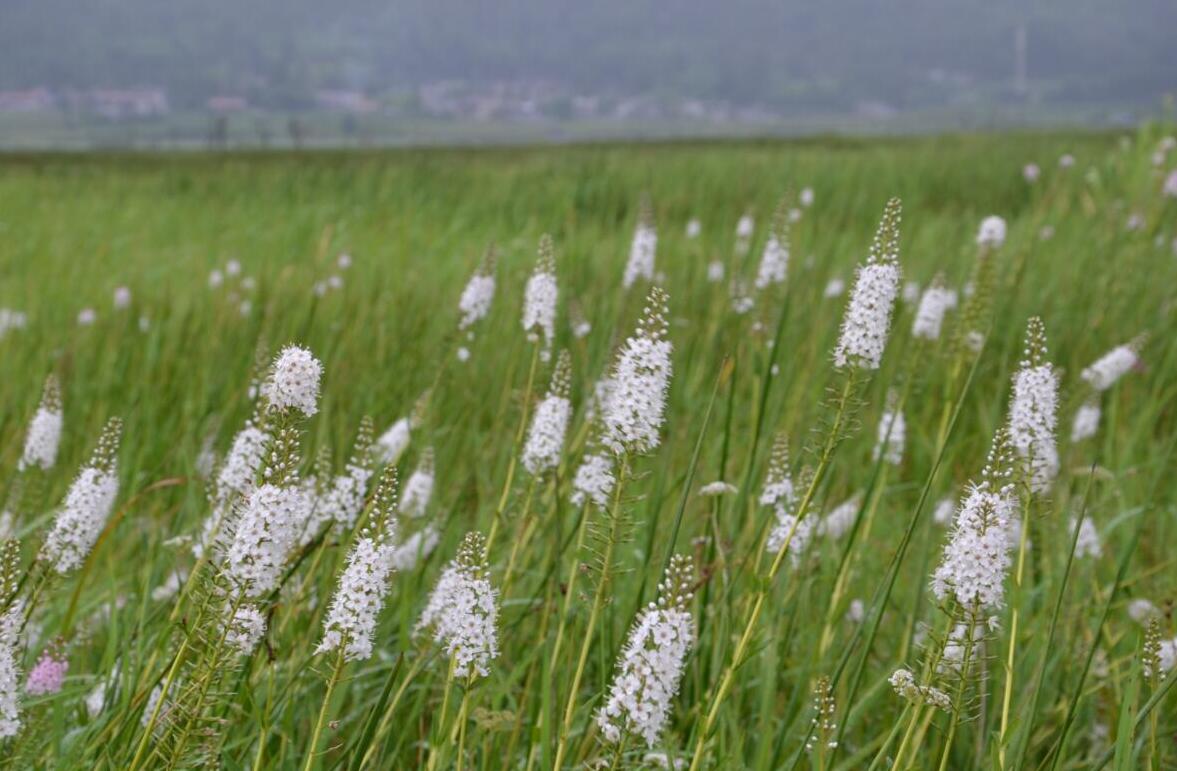With the joint support by the National Natural Science Foundation of China (Grant No. 31570212, 31770228), the National Key Program of the Ministry of Science and Technology (Grant No. 2017FY100100) and the Talent Project of Yunnan (Grant No. 2015HB092), the Kunming Institute of Botany surveyed for any remnant L. robusta in the southern Hengduan Mountain range during June–August in 2018. Approximately 1,100 individuals in flower were discovered in three separate sites in grassy wetlands at an altitude of 1,730 m. The total area of occupancy of the species is c. 800 m2. This suggests that it should be categorized as Critically Endangered on the IUCN Red List on the basis of criterion B2ab(i,ii,iii,v). Also, because of its restricted distribution, small population size, and habitat degradation, it should be included in the list of Plant Species with Extremely Small Populations in China (Ma et al., 2013, Biodiversity and Conservation, 22, 803–809). My survey and information obtained from interviews with people local to the area indicated that the main threats to this species are its small population size, the high frequency of destruction by people, tourism and road construction, and hence habitat loss. Urgent and effective measures need to be taken to protect this species.
The Kunming Institute of Botany is now carrying out studies on the population genetics of L. robusta and its genetic relationships to other Lysimachia species of the southern Hengduan Mountains, to obtain a better understanding of the microevolution of this species. With the collaboration of the staff of nature reserves, I am planning to collect seeds of L. robusta for propagation and for potential restoration of the species in the wild. The southern Hengduan Mountains are currently managed as a nature reserve by the local government. However, more attention should be paid to wetlands in this region, because this is the only known natural habitat for the remnant L. robusta.


Contact:
YANG Mei
General Office
Kunming Institute of Botany, CAS
Email: yangmei@mail.kib.ac.cn
(Editor: YANG Mei)




